Review: Korg Krome EX
Korg’s Krome workstation has been updated with more sounds and combinations than ever. Does the ‘Ex’ stand for ‘excellent’ though?
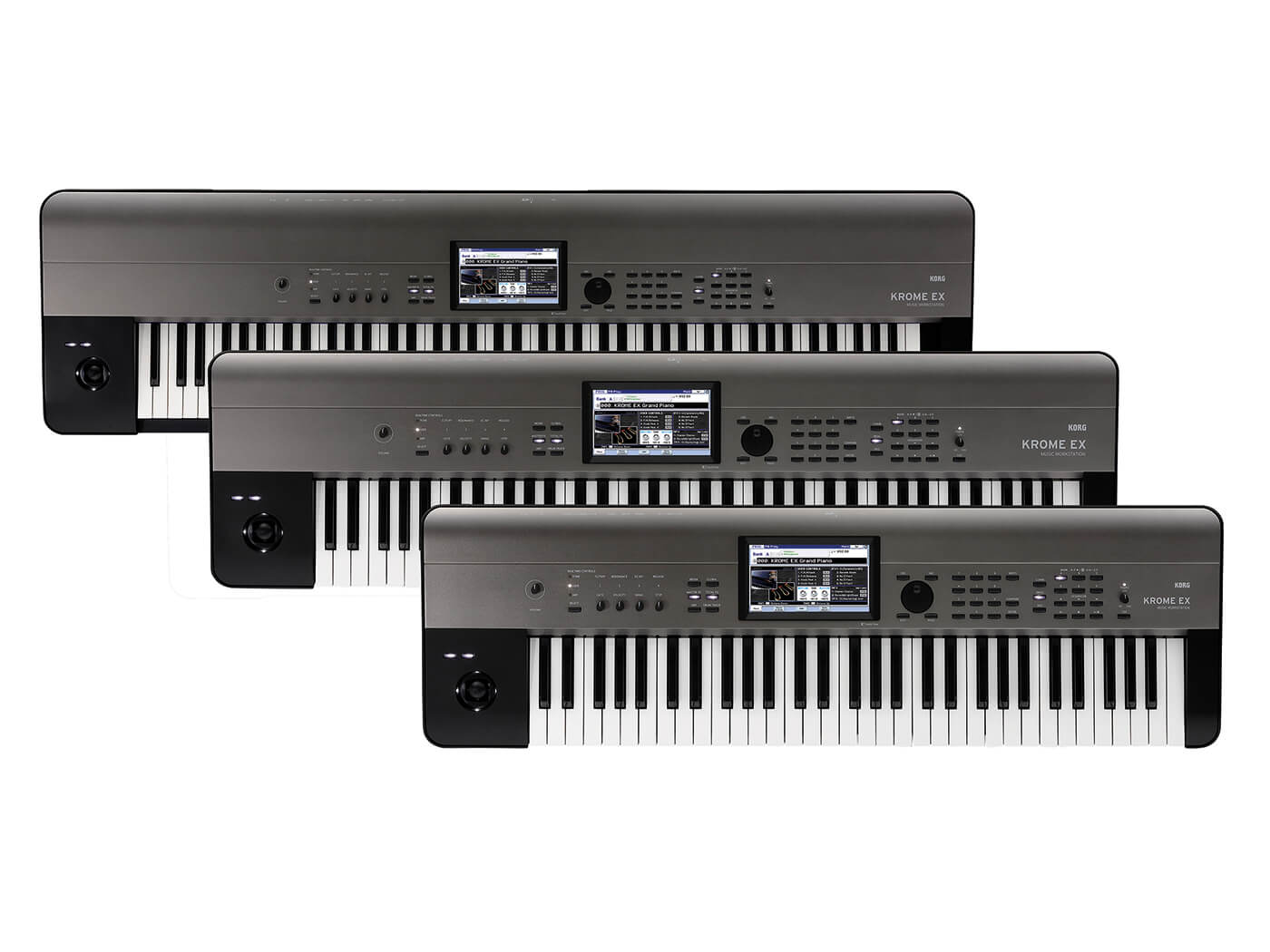

Price From £665
Contact Korg
Korg’s Krome synthesizer was launched back in 2012 as the mid-priced option in Korg’s workstation range. For those unfamiliar with the ‘workstation’ concept, these machines will do pretty much anything required in song production bar the vocals (although some even attempt that). You get drums, keys, real instruments, feature-packed synthesizers, effects, multitrack sequencing and the kitchen sink. Korg pretty much invented the modern workstation with its gazillion-selling M1 back in the late 80s.
The Kronos is Korg’s current workstation star, which it describes as ‘the most powerful synthesizer in the world’. When we reviewed it this time last year we found that claim to be not that far from the truth. At the best part of three grand though, it’s probably a stretch for many, so the Krome range, which now starts at around £665 street, could be a fantastic option. What I have on test here is the all-new Krome EX, updated for a NAMM announcement last year, and a workstation that borrows some of the very best bits from Kronos.
Shiny new Krome
New features added for Krome EX – aside from the new metallic grey finish – include two new program banks with a large collection of EDM-style sounds, more none-Western instruments, like the kalimba and kokyu, plus cinematic presets, all-new grand upright and electric piano sounds plus emulated vintage amps and cab effects. Before I explore those, though, I should delve a little deeper into what else Krome offers, and there’s a lot of it.
We’ll start with the overall stats, which include 16-part multitimbrality – so you can record 16 different sounds in your song – and a massive sequencer to put that tune together.
It features 16 tracks, the options to add preset (710) or user (100) Patterns; a Drum Track with another 710 Patterns (plus 1,000 user); up to 210,000 MIDI events (plenty); and 193 types of effect to throw at them (split as five inserts, two masters and one ‘Total’). Polyphony is equally large with 120 voices in Single Mode and 60 in Double; more on these later. Throw in a polyphonic arpeggiator, 4GB of sounds with a huge number of drum kits and sample options and you have an unquestionably well-spec’d workstation. As with all of these types of machine though, it’s the user experience that shapes how good it is and how that power is handled.
In use
I’m testing Krome EX-88, which is top of the range after the 61 and 73-note versions. Those feature semi-weighted keys while the 88 has what is called an NH (Natural Weighted Hammer Action) keyboard which is velocity sensitive (but not aftertouch). This gives it weight (around 15kg) which, while heavy, is decent for a keyboard like this. (My local UPS driver is still cursing my name after collecting a 30kg Akai keyboard from me the other week, for example.)
Other than that, Krome EX is pretty sparse in controls, especially compared to some other workstations, but actually, as we’ll see, this lends itself well to its operation. Controls include a pitch-bend/modulation joystick – which is nicely lit, plus assignable buttons above it. There are useful real-time encoders that are assigned to synth, Arp or user parameters within a parameter matrix where you can easily step through what the encoders control.
There is a lovely touch screen with which you might want to use a pen for the smaller controls and accurate changes, but the main options are perfectly finger sized. To the right of this is a data encoder and a panel of number keys, so it’s often a case that you’ll make a screen selection with your finger and input data values with either the keys or dial. You can select sounds this way and there are bank buttons that make homing in on them and inputting more exact data easier.
Krome EX does lack a decent number of outputs. In my ideal world, I’d want to be able to channel those 16 parts through an output each, but that is an expensive world and an unrealistic one. With just two here though, I do feel a little short-changed.
There’s a Mac and PC Krome editor that runs as a standalone or VST/RTAS/AU plug-in with EX; simply connect your computer up via the USB slot. It looks pretty old-school but does allow you to tab between various options and see a lot more on screen. It’s nice to see, for example, the core synthesis options and waveforms all at once and be able to tweak them. That’s not to say you can’t do that on the keyboard, but it does offer another way to access Krome EX’s many different layers.
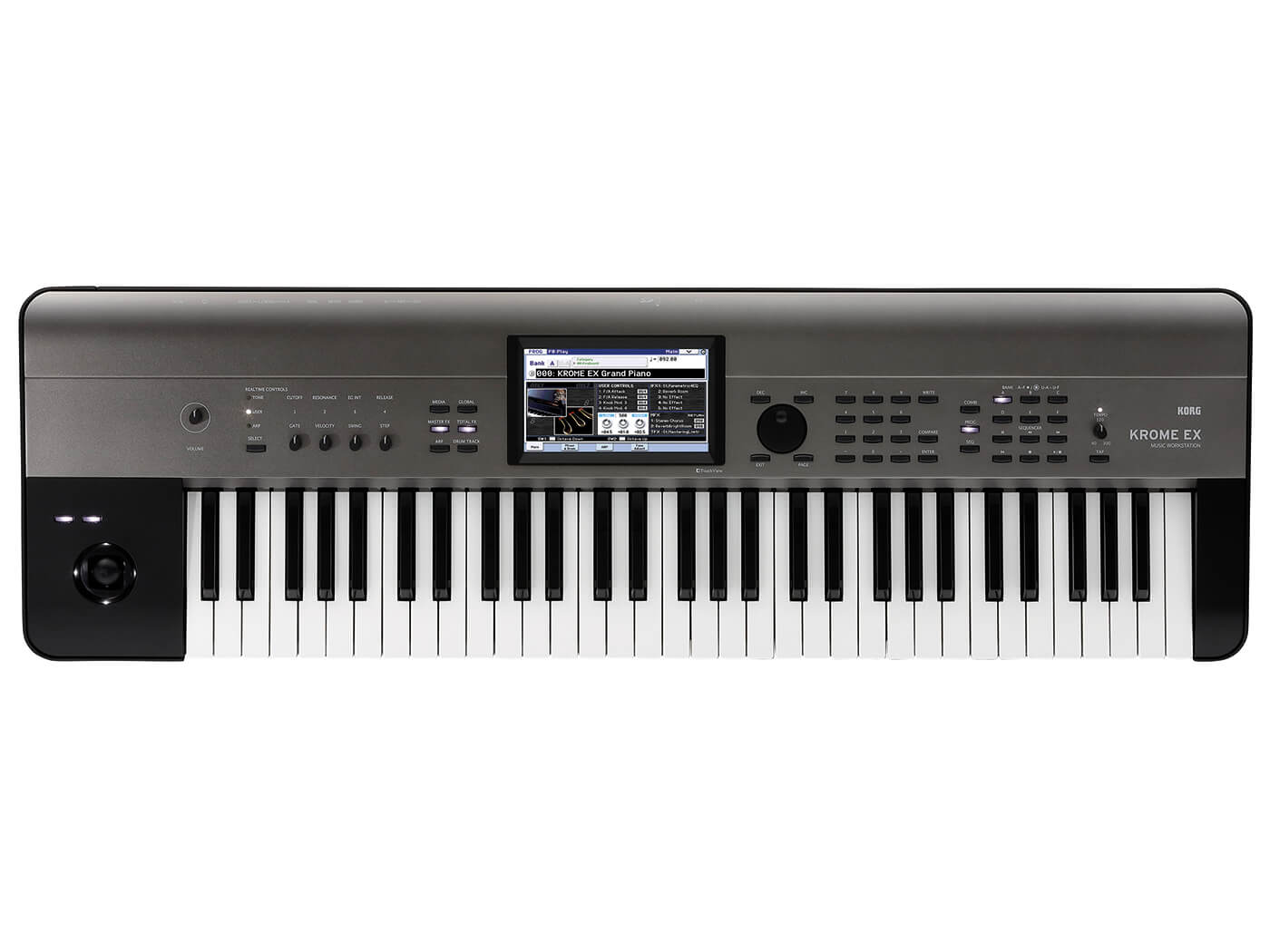
Sounds aplenty
Many of the sounds on Krome EX derive from Kronos, but you don’t get the audio capabilities of that machine in terms of its sampling functions and massive number of synth engines. What you do get is a single big synth engine based around two oscillators with two filters per oscillator of four types each. There’s a phenomenal number of options (four different filter routes, for example) that are just a page tab or two away from the top layer and it’s surprisingly easy to get to the guts of EX quickly. You also often get a visual graphic change when you make edits, which makes the experience more user-friendly.
So to the results of that engine and the real sounds are here in abundance – of course they are. Pianos are incredibly well represented, and I’ll cover some of the newer ones that arrived with EX later, and there are plenty of acoustics and electrics – more than enough, in fact.
Each sound is assigned several different real-time effects on the parameter matrix on the left on the keyboard, which makes changing them very hands-on and intuitive. These become very evident in categories like Organs, for example. These too are very well featured, and often very distinctive thanks to those real-time effects adding a swirly Leslie type effect.
Continuing the ‘real’ theme, strings and other orchestral presets are also many and varied. Like the pianos, the strings demonstrate Korg’s excellent sampling, sounding incredibly real on occasion, and once again the real-time encoders – which I’m falling in love with at this point – can add a startling level of depth and atmosphere, just with a single twist.
It would take an age to go through the rest of the real sounds, but highlights include some excellent guitars, more great orchestral options, plus some very usable vocals and effects in the Vocal/Air section.
With such a fully-featured synth engine, you won’t be surprised to hear that the electronic side of Krome is just as well-formed. There are some really lovely sweeping pads, dozens of synth basses and atmospheric pads and – yet again – those real-time controls will change parameters like filter frequency and resonance with ease to totally transform and finely sculpt these more electronic sounds.
Combi mode is next and sweeps up 16 sounds into either a single huge sound or lesser groups of sounds. You can use these as keyboard splits – where you’ll play different layers or individual sounds on different parts of the keyboard – or as multi setups for external sequencing.
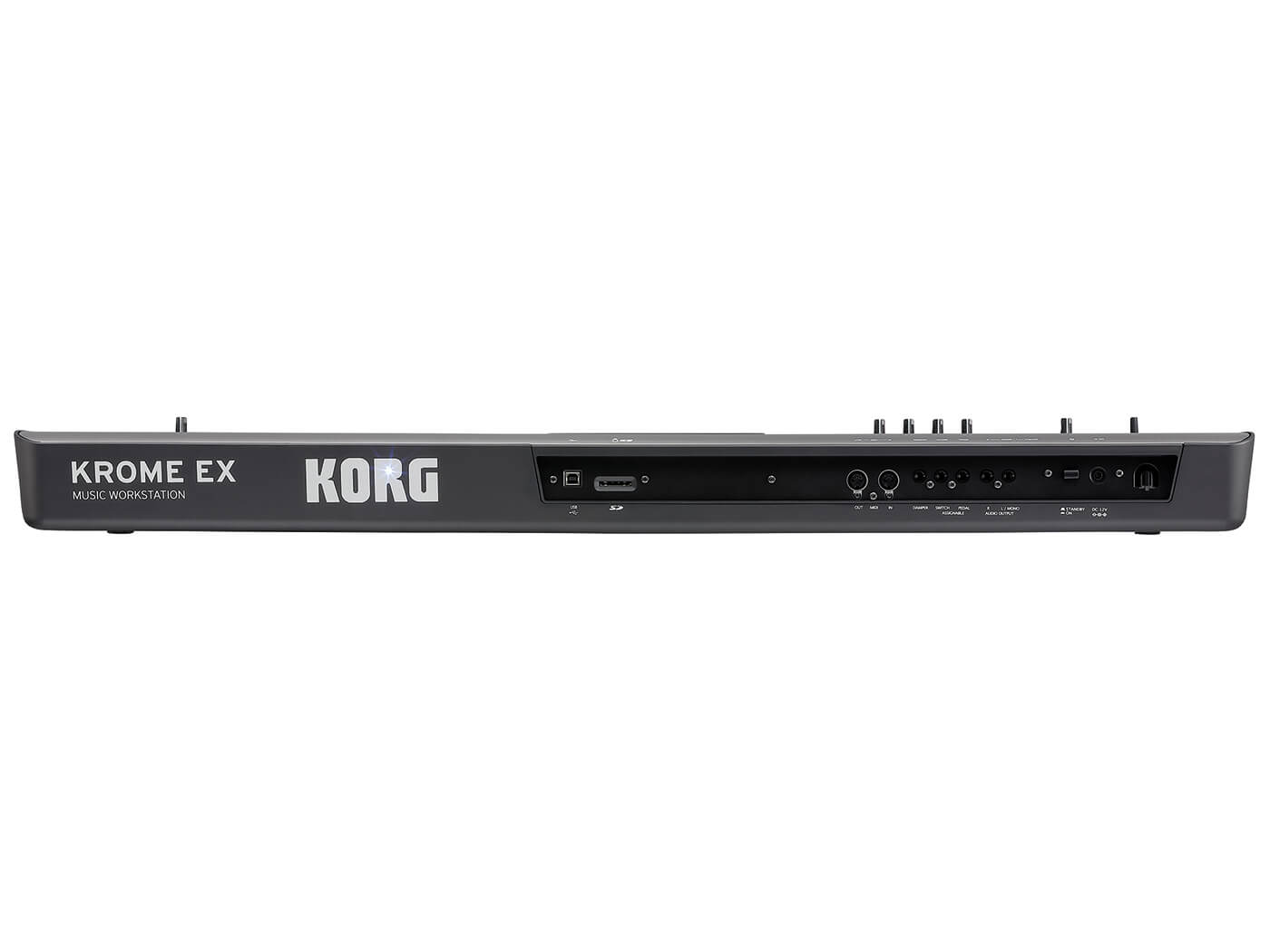
Combi Mode also allows you to pair sounds with melodies, arpeggiations and drum patterns via a Drum Track. The drum patterns are derived from Krome’s many and varied electronic and acoustic drum kits. The level of detail in the kits here is quite extraordinary and you can easily go in and change kit sounds (from literally thousands on offer), sample lengths, add effects and mix them with ease.
What the patterns from Drum Track do effortlessly well, especially when you bring in the melodic patterns and the arpeggiations, is inspire you if you are bereft of ideas. There was a time when these suggested patterns and beats would grate with me on workstations, but Korg (and others) have updated the concept well. When those beats and melodies start cycling around your own riffs, you feel complete ideas taking shape in no time, and many of the supplied combinations allow you to create entire songs and song parts in an almost illegally fast way. Having accompaniments like these won’t be everyone’s idea of composition and creation, but I can pretty much guarantee you will be impressed by a selection from the many hundreds on offer. The only slight negative in Combi mode is that you’ll have to share the insert and other effect types across whatever group of sounds you are combining, so you could run out fast.
More and more features
And while I’m on them, let’s have a quick run through these effects, as they are abundant and really can transform the preset sounds on Krome EX. You can choose from five insert effect combinations (in series on parallel), a 3-band EQ per track with sweepable mid, two Master effects (usually reverbs and delays) plus what Korg calls a Total effect, an overall effect – a limiter for mastering, for example. That’s a lot of effects and flexibility – one of Krome’s key strengths.
The sequencer is next on Krome’s extensive feature list that I should cover, and you can use this on many levels. Simply hitting Record and playing will start it, so recording moments of inspiration is easy. But you can also go into it on deeper levels, looking at each track part (from 16) and even down to piano roll level, at individual notes which you can then drag, drop, lengthen or delete with your fingers. You can even zoom in and out on the events in an easier way than you’ll find on many full-blown DAWs. Okay, overall It’s not quite as high-spec as Cubase or Logic, but nor is it a million miles away, and it certainly beats my early experiences with workstations where you were basically just watching bar and beat numbers cycling around per track!
What else is new?
And so to the newer EX options, and if it’s a great range of pianos that you want then Krome now delivers. There’s a new grand piano, which sounds lush and expansive; a new upright with a very authentic feel; and new electrics that hark back to 80s funk or provide lovely, gentle pulsing. It’s all there if you are after a live piano feel in a more mobile and sturdy keyboard, and of course, these sounds combine incredibly well with the weighted keyboard of the EX on test to produce a rich and incredibly realistic ‘proper’ playing experience.
There is also a new selection of world sounds in EX. These include some fantastic Middle Eastern sounds – which again have rhythmic tracks as suggestions.
A bigger, newer addition is that Korg has bolstered the more contemporary side of Krome with a selection of EDM sounds. That could mean anything in such a wide-ranging genre, of course, and I do still feel a little wary when big keyboard manufacturers try to include ‘cool’ sounds – I remember the early days of this genre of keyboard, and some of the inclusions were toe-curlingly embarrassing. Happily, that’s not the case here, thanks often to the Drum Track which adds some pretty sharp and modern beats, or even the odd pumping sidechain effect to each preset option should you require it.
The new kits help here too, adding some proper attitude and bite. Within the new dance sounds, the vocals are contemporary but won’t be for everyone, but the stabs, leads, risers and other transitions are very usable especially with a bit of custom tweaking, which is easily done.
One other new addition is what Korg call the Trailer Effects kit, a nod to the type of Hollywood film trailers designed to grab your attention, so you get all sorts of impact, drops, and attention-grabbing samples – a nice touch for soundtrackers. Finally, Krome EX adds 128 new combinations – so even more instant song-writing and sequencing can be had.
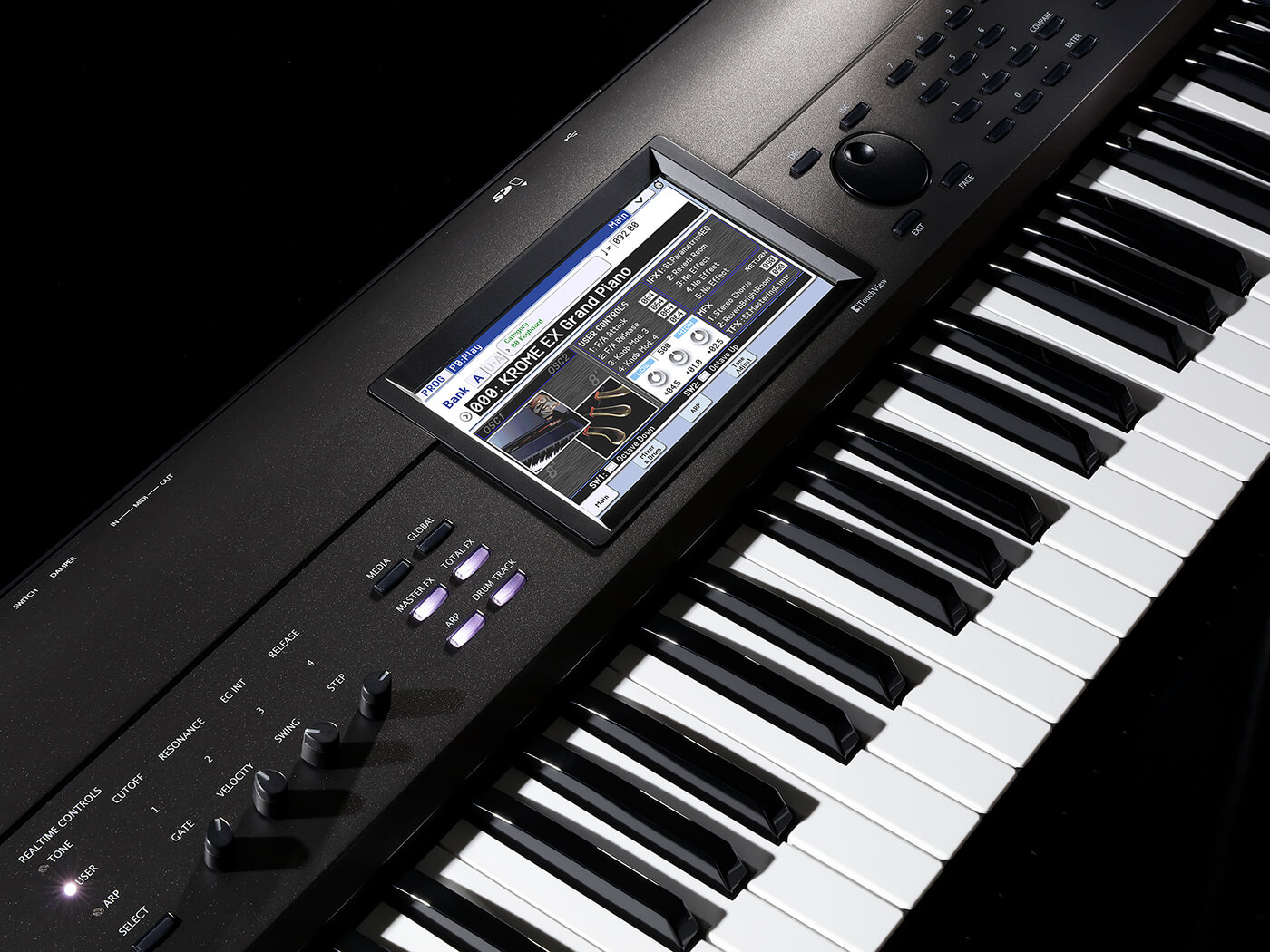
Conclusion
Over the last couple of years we’ve reviewed some great workstations which prove that this sector of the music technology market is not just alive and well, but thriving like never before. This is largely down to what you get for your money. The big three music technology companies of Roland, Yamaha and Korg have had to up their games to compete with each other but also with software. You can get some great ROMpler type software options that offer loads of varied sounds (think SampleTank) but these older – and let’s say more traditional – companies have all really risen to the challenge. And of course their hardware keyboard options are great for gigging musicians as well.
Krome EX is a wonderful example, packing in features that I would have only dreamt of a few years ago – the touch screen, the storage, the effects and massive polyphony are just a few examples – and really does let you produce complete tunes from one box. What Krome doesn’t do, which some other models do, is offer more control over your sounds. Some of these workstations have a plethora of knobs and sliders to get to the heart of a sound or set-up. Krome EX’s view is more of a simpler fascia, which gets to what you are doing with more simplicity. That might not be what you want, but the overall user experience – and remember I said this was crucial right at the start of this review – is simpler and workflow is greater. It’s summed up by the four control buttons on the left (yet again). They control some main options for you; do that, move on, and then do something else.
The over-riding feel, then, is that you are working more efficiently and rather more slickly. If you want more hands-on tweakage, then there are other options – such as Roland’s new control-packed Fantom – but you’re paying a lot more money for those options (in that case well over twice the price).
With Krome EX, it comes right back to that cash for options point. With the EX 88 for example, you’re talking about everything you need to get up and running making music in a huge variety of genres, all within an elegant and easy to use package, and with a quality weighted keyboard thrown in – for not that much over a grand. That’s pretty exceptional whichever way you look at it.
Overview
USB and SD slots
SD and SDHC memory cards can be used to transfer data (up to 32GB). The USB slot allows MIDI control and Krome to be edited via external software.
MIDI and foot controls
You get three pedal connections – Damper, plus assignable Switch and Pedal – plus MIDI In and Out connectors. Pretty standard stuff.
Outputs
Being a mid-priced workstation, you’re not really expecting too many outputs and Krome only offers a couple, plus headphones.
Do I really need this?
With soft synths, modular and the re(re)birth of analogue, some people predicted the demise of the workstation. But the fact is, if you are a live player or composer who needs a huge and varied palette of sounds at your fingertips – plus a great sketch-pad way of assembling them – then they are a great option. Krome EX is very well priced and spec’d and a fantastic choice.
Key features
- EDS-X synth workstation (Enhanced Definition Synthesis)
- Available as EX-61 (61-note, semi-weighted), EX-73 or EX-88 on test here with 88 Natural weighted keys
- Polyphony: 120 voices Single Mode, 60 in Double Mode
- Memory: 4GB, 728 multi and 2,502 drum samples
- Engine: OSC1 (Single); OSC1 + 2 (Double); two filters/osc with four types and routes
- 16 part multitimbral
- Large modulation options
- Effects: 5 insert, 1 Total, 2 master, 193 types
- Polyphonic Arpeggiator
- Huge 16-track sequencer
- Drum Track: 1,700 patterns
Alternatives
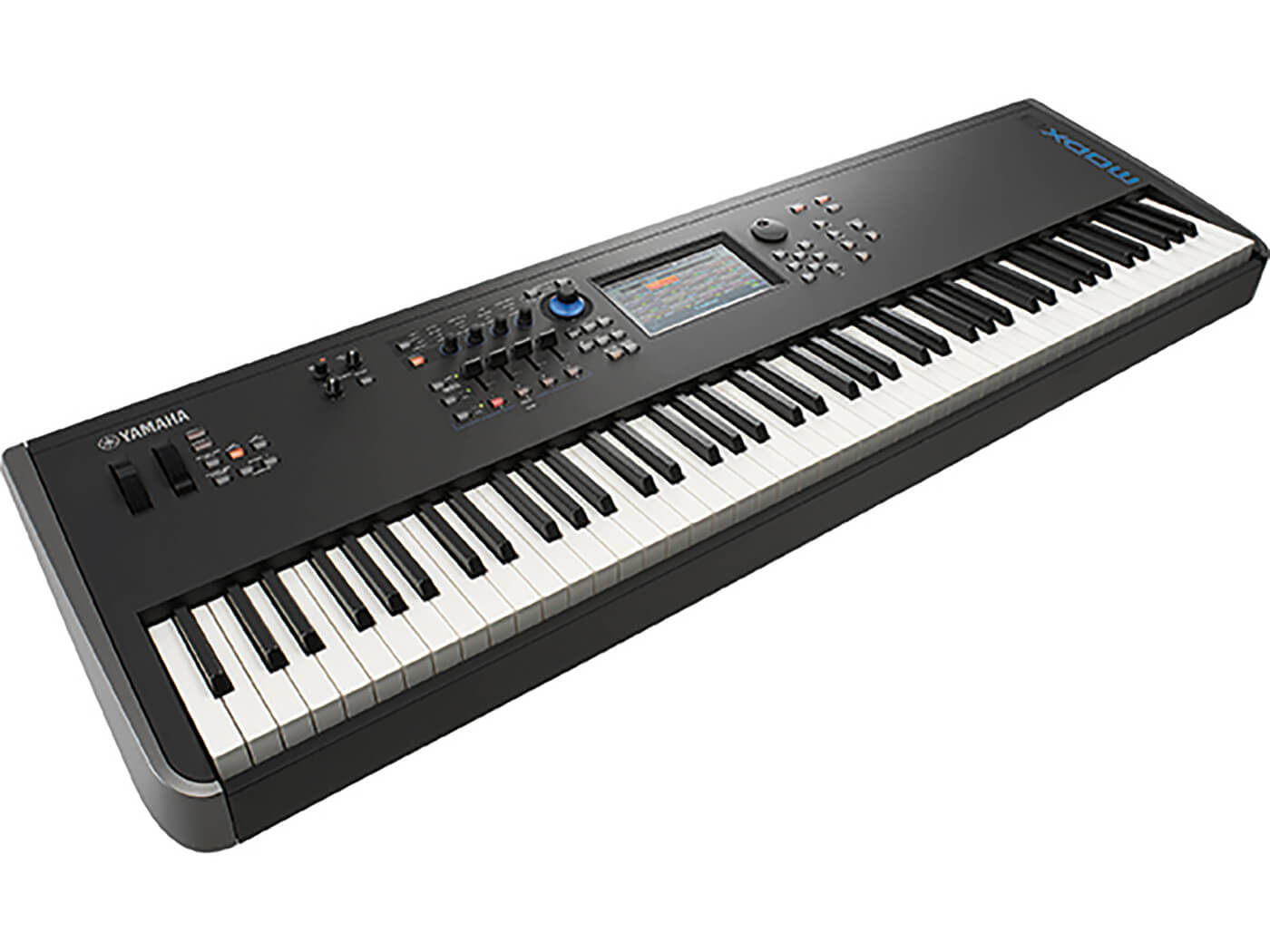
We reviewed this beauty just over a year ago, and the 8 offers an 88-note experience and is a slightly cut-down version of Yamaha’s Montage mothership. Touch screen, loads of sounds, effects and controls including the rather great Super Knob.
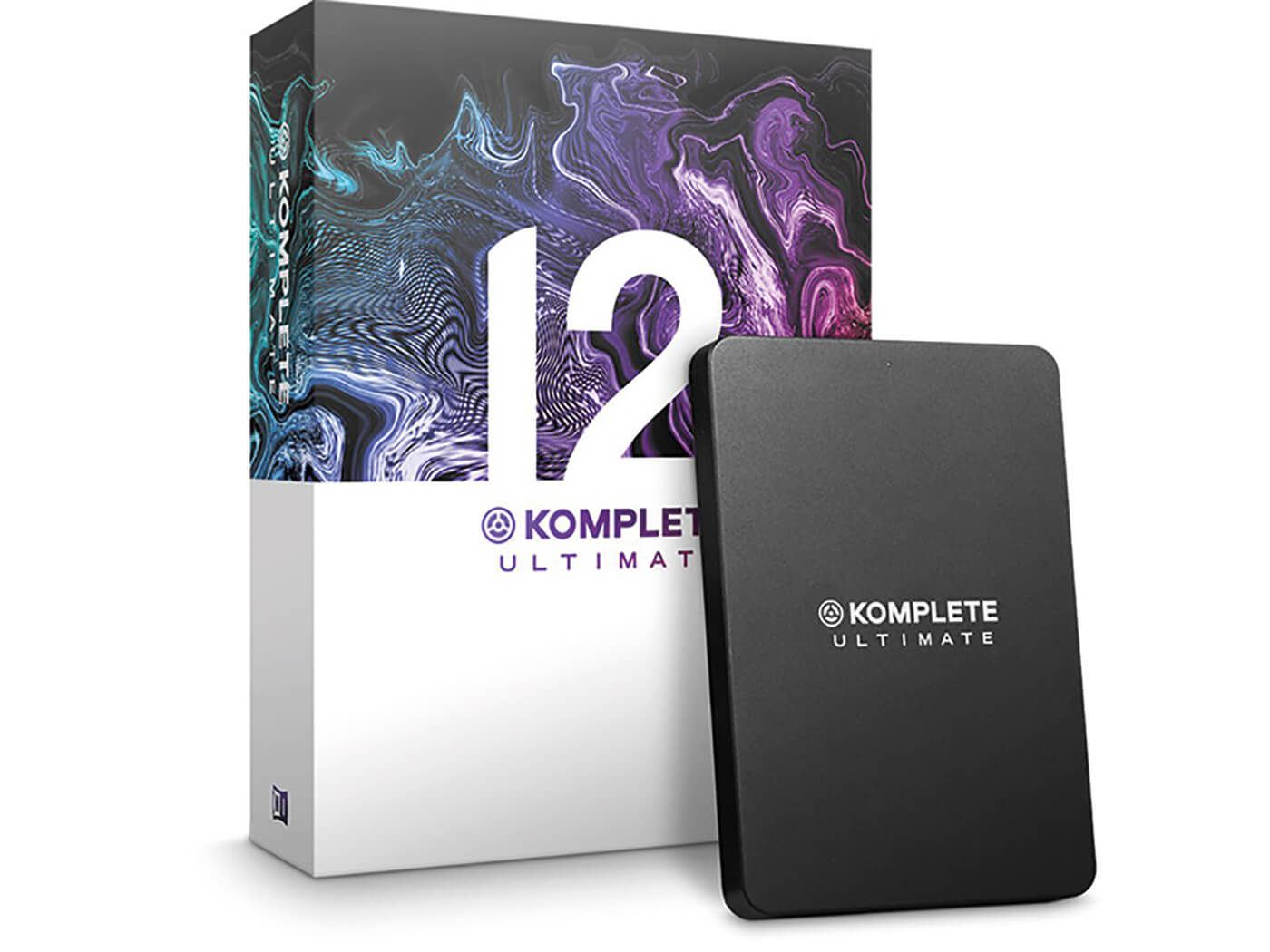
Native Instruments
Komplete Ultimate from £800
Workstations like Krome are aimed at players, but if you just want a vast range of sounds, they don’t get much vaster than this. Over 100 soft instruments, 45,000 presets, 600GB of content.